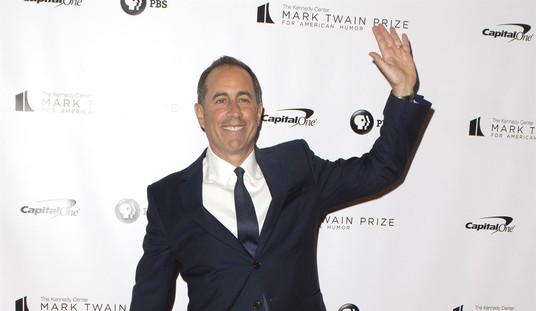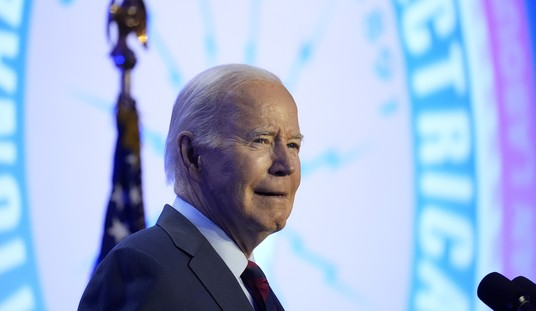Barney Frank’s oscillating views on housing (shown in video after the Read More) underscore the question of whether anyone saw the housing bubble and the subprime mortgage crisis coming. After all, if the primary purpose of additional proposed regulatory oversight, the control, the ‘accountability’ of the new managed capitalism is to ‘prevent’ a similar occurence, then events like the subprime crisis have to be detectable in principle while they are still in the offing. Legal researchers are trying to settle the question of whether the meltdown was predictable because the success of class-action suits depends to a large extent on it. If events like the meltdown are not predictable then no bureaucracy is going to be able to prevent it.
This paper explores the economic and legal causes and consequences of the 2007-2008 credit crisis. We provide basic descriptive statistics and institutional details on the mortgage origination process, mortgage-backed securities (MBS), and collateralized debt obligations (CDOs). We examine a number of aspects of these markets, including the identity of MBS and CDO sponsors, CDO trustees, CDO liquidations, MBS insured and registered amounts, the evolution of MBS tranche structure over time, mortgage originations, underwriting quality of mortgage originations, and writedowns of the commercial and investment banks. We discuss the financial difficulties faced by investment and commercial banks. In light of this discussion, the paper then addresses questions as to whether these difficulties might have been foreseen, and some of the main legal issues that will play an important role in the extensive litigation (summarized in the paper) that is underway, including the Rule 10b-5 class-action lawsuits that have already been filed against the banks, pending ERISA litigation, the causes-of-action available to MBS and CDO purchasers, and litigation against the rating agencies. In the course of this discussion, the paper discusses three principles that will likely prove central in the resolution of the securities class-action litigation: (1) “no fraud by hindsight”; (2) “truth on the market”; and (3) “loss causation.”
It is argued that certain events cannot be foreseen. Niall Ferguson observed that the bond markets did not anticipate the First World War, which he called “a bolt from the blue”. “The main question addressed is why political events appeared to affect the world’s biggest financial market, the London bond market, much less between 1881 and 1914 than they had between 1843 and 1880. In particular, I ask why the outbreak of the First World War, an event traditionally seen as having been heralded by a series of international crises, was not apparently anticipated by investors. … To investors, the First World War truly came as a bolt from the blue.” These events have been called Black Swans.
However Naseem Taleb himself, the author of the Black Swan, believes that subprime crisis was entirely foreseeable: that it was not a Black Swan. Taleb told Bryan Appleyard about his repeated warnings and his Cassandra-like reception. “Bankers and economists scorned and raged at Taleb. He didn’t understand, they said. A few months later, the full global implications of the sub-prime-driven credit crunch became clear. The world banking system still teeters on the edge of meltdown. Taleb had been vindicated. ‘It was my greatest vindication. But to me that wasn’t a black swan; it was a white swan. I knew it would happen and I said so. It was a black swan to Ben Bernanke [the chairman of the Federal Reserve]. I wouldn’t use him to drive my car. These guys are dangerous. They’re not qualified in their own field.'”
So which bureaucrat or bureaucracy is going to be any better? One led by Barney Frank?
| [youtube iW5qKYfqALE] | [youtube k0ZcVsVTPrQ] |
My own guess is that one of the principle obstacles to predicting catastrophes is political orthodoxy. When an activity acquires enough political support then evidence which tends to undermine its rationale is suppressed, sometimes unconsciously, by those who have too much invested in the program to abandon it. The last bubble had a lot of support simply because there was so much invested in it. Stickiness in human institutions, not mathematical or scientific techniques, is often the real reason why catastrophes are not foreseen. Which implies, sadly, that a system with a lot bureaucratic oversight can be just as badly surprised as one with less. Putting more Barney Franks in charge of a system may not necessarily improve its ability to dodge bullets.









Join the conversation as a VIP Member